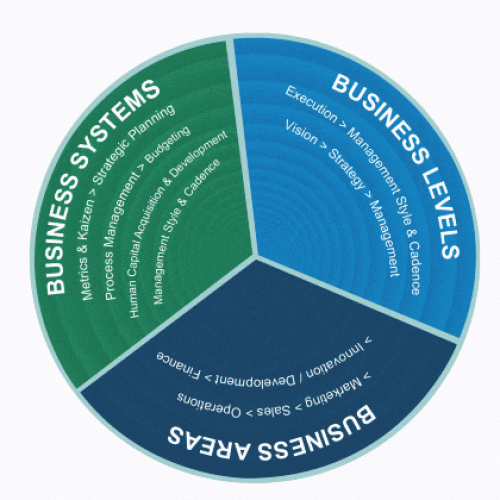There are many factors, and it is too complex to offer a standard answer. You need to hire a consultant that is a CEO/Founder with lots of experience to discuss things for 1–2 hours.
One way around this is to set hourly rates for the founders and track time to allocate it according to contribution. Shares are earned with seat equity. A simple spreadsheet with monthly invoices submitted by everyone is easy to do. There are plenty of software solutions for this too, but likely best only when it gets complicated with many founders.
People and founders are never “equal” in what they bring to the table. So, splitting 2 or 3 ways is not usually an unfair solution.
Factors to consider:
- Relative time and contribution to sweat equity—some may do little and others may work full-time or more. That is why tracking hours and market rates works well.
- How much capital will be needed, and will the founders contribute? S
- Always separate purchased shares from “Founders Shares.”.
- And always vest founders shares so people lose their stock if they leave—a very common scenario that would prevent further investors from coming in. This is called “dead equity.”.
- Experience and role of each founder.
- Offer all an equal price to buy stock. This works if all are working full-time and are very senior people (15+ years’ experience) and can contribute some cash. This stock is fully vested (earned 100%), not vested over time.
- All employees should often get some equity from a pool of stock. VCs generally want the management team to get at least 20% even after lots of capital comes in. Less than that, and they are incentivized to leave after vesting.
This is a critical decision that needs fair allocation, as well as both the proper legal structure (Corp, LLC, etc.) and contracts signed. Most founders fail to lay the needed foundation, and it creates serious friction later—even killing the company. A lawyer can provide the paperwork but should not design the allocation of shares. This is best done with help from experienced founders and CEOs. And later allocated by a Board of Advisers or Board of Directors after the initial allocation. Every company will continue to issue new shares to bring on top senior employees later.
Often professionals will get stock options representing 0.5% to 1% of the company vested over 2-4 years in exchange for a slightly undermarket salary.











